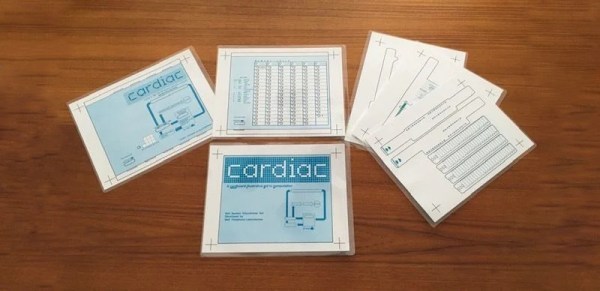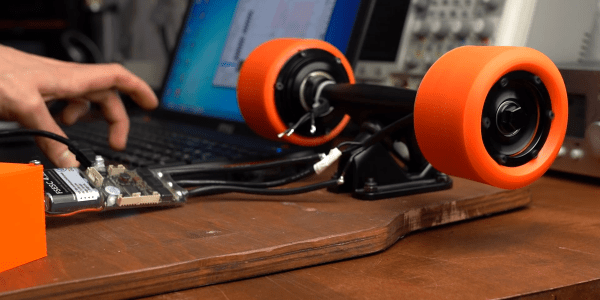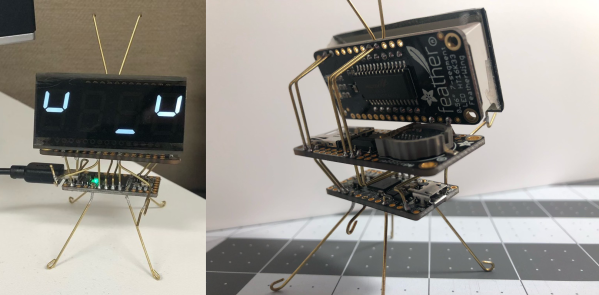Half of the Hackaday writing staff was at the 2019 Hackaday Supercon this weekend, and our own Kerry Scharfglass took the opportunity to interview everyone. Meanwhile, Elliot wandered around the soldering irons just about two hours before the Badge Hacking Ceremony, collecting stories of projects that worked, and those that didn’t.
Put the two together, and you’ve got an audio collage that gives you a peek into at least one facet of Supercon life, and gives you a chance to put voices to the words you read here every day!
We’ll be back to our normal programming next week.
Tell us what you think about this episode in the comments!
Take a look at the links below if you want to follow along, and as always, tell us what you think about this episode in the comments!
Direct download (60 MB or so.)
Continue reading “Hackaday Podcast 044: Supercon 2019 Special”

















